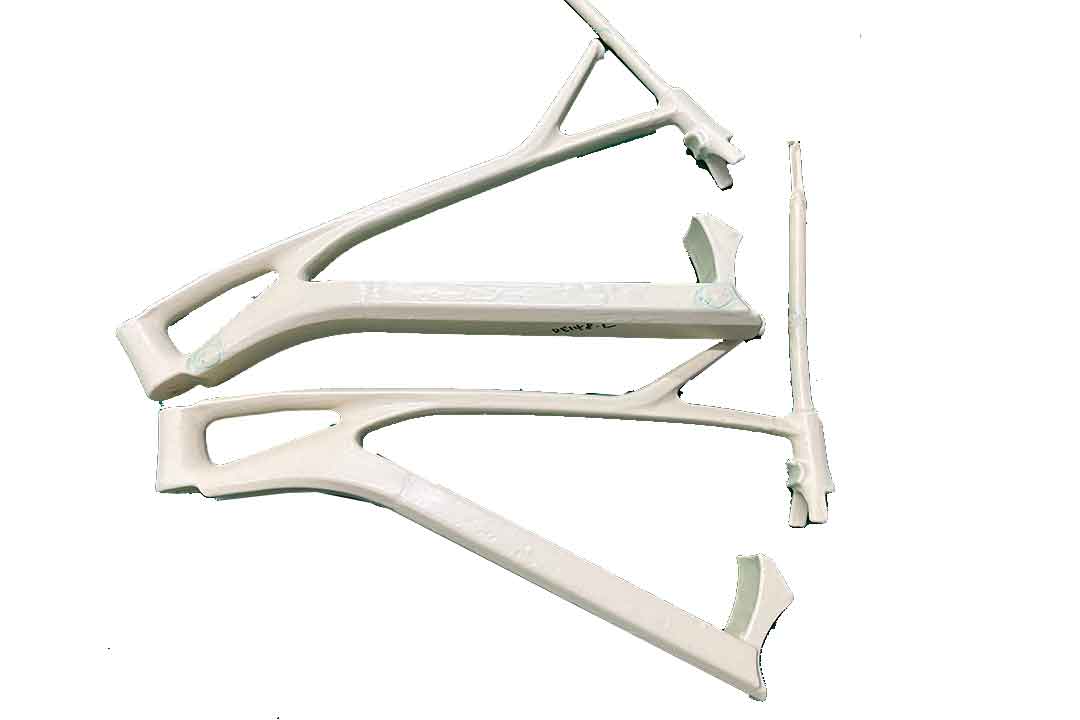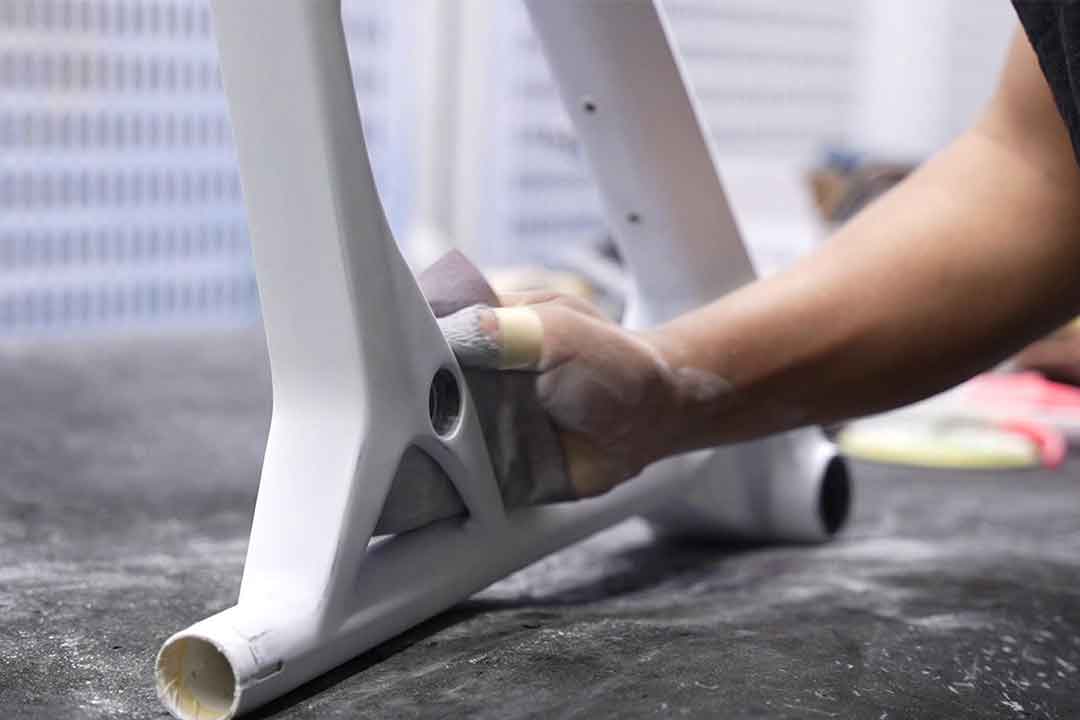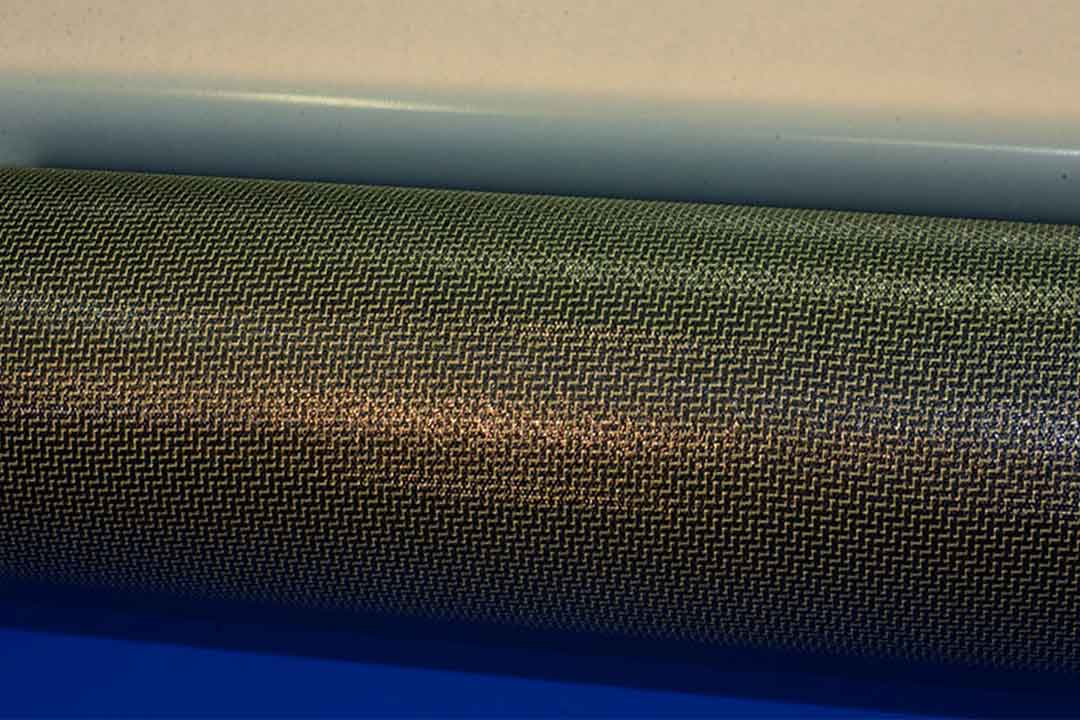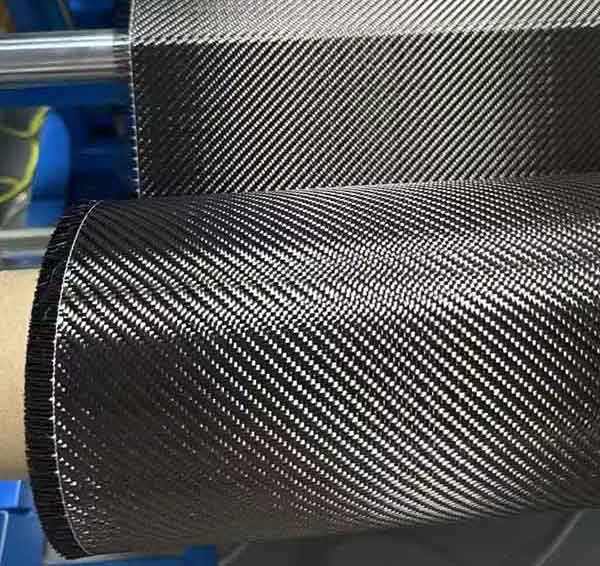Welcome to Mondince Bike - A well-known factory specialized in produce carbon bike frame and other parts since 2007.
Lightweight Steel Frames: Performance and Durability
Lightweight steel frames are revolutionizing the construction and cycling industries. Known for their impressive strength-to-weight ratio, these frames are not only durable but also incredibly efficient. Let's delve into the world of lightweight steel frames, explore their advantages, and understand why they are becoming the top choice for both builders and cyclists. With advancements in material science and engineering, lightweight steel frames are setting new standards in performance and sustainability, offering innovative solutions that meet the demands of modern construction and cycling.
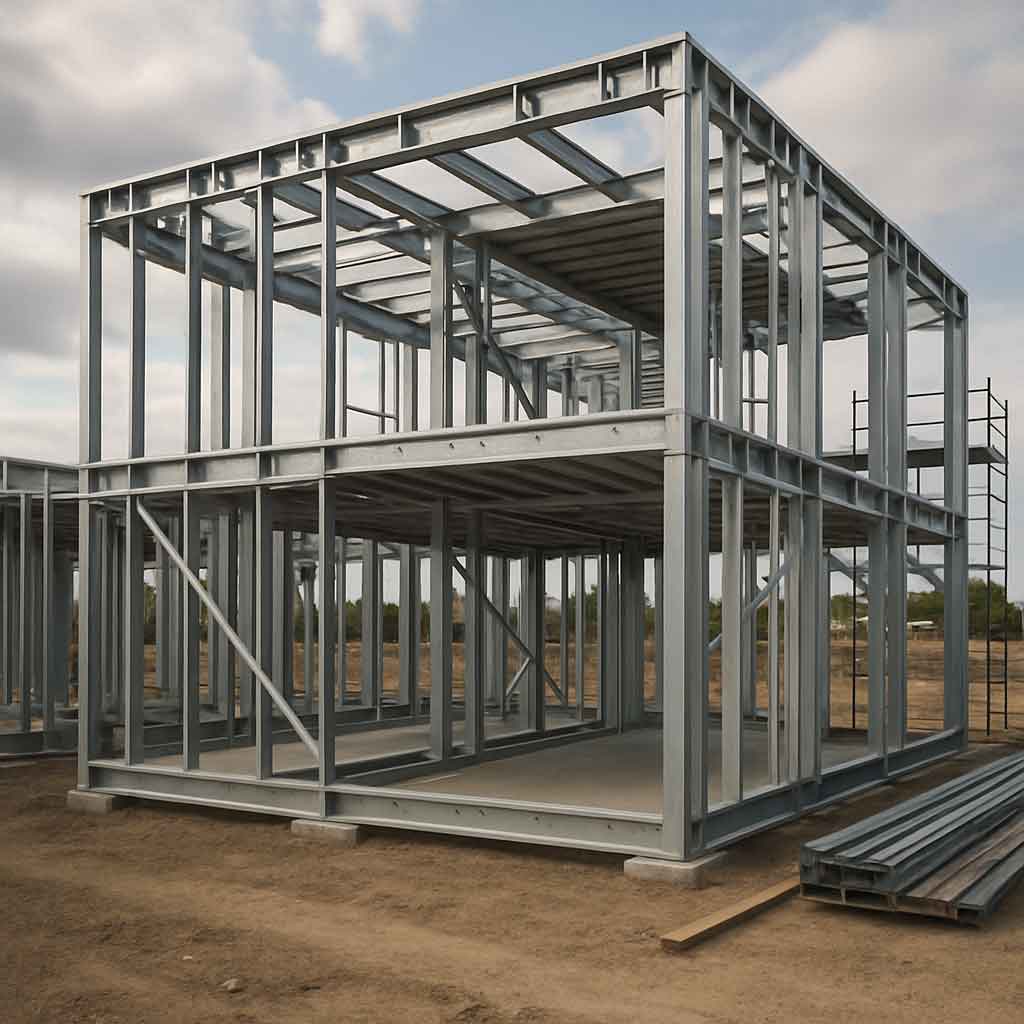
In recent years, the demand for lightweight construction materials has surged. The need for materials that offer both strength and flexibility has become paramount in creating structures that are safe, sustainable, and cost-effective. Lightweight steel frames fit perfectly into this narrative, offering a multitude of benefits. They provide an opportunity to reduce the overall weight of structures without compromising on safety or durability, which is increasingly important as urban areas continue to expand vertically.
As urbanization accelerates, there is a growing emphasis on constructing buildings that are not only functional but also environmentally conscious. The adaptability of lightweight steel frames makes them suitable for various construction applications, from skyscrapers to residential homes. Their ability to support large spans without requiring additional support structures allows for more open and versatile architectural designs, providing architects and engineers with greater creative freedom.
Advantages of Lightweight Steel in Construction
Lightweight steel frames provide numerous advantages that make them a preferred choice in construction:
- Strength and Stability: Despite their lightness, steel frames offer superior strength and stability. This makes them ideal for buildings in areas prone to extreme weather conditions. Their resilience ensures that structures can withstand natural disasters like earthquakes and hurricanes, offering safety and peace of mind to occupants.
- Flexibility in Design: Steel frames can be easily molded into various shapes, allowing architects more creativity in their designs. The flexibility extends to modifications and renovations, as steel structures can be adapted or expanded with minimal disruption, making them a long-term investment for property developers.
- Quick Installation: The pre-fabrication of steel frames means they can be assembled quickly on-site, reducing labor costs and construction time. This efficiency not only accelerates project timelines but also minimizes the environmental impact of prolonged construction activities, such as noise and dust pollution.
- Eco-Friendly: Steel is 100% recyclable, making steel frames an environmentally friendly choice for modern construction projects. The use of recycled steel significantly reduces the carbon footprint of new buildings, aligning with global efforts to promote sustainable development and reduce greenhouse gas emissions.
Applications in Modern Architecture
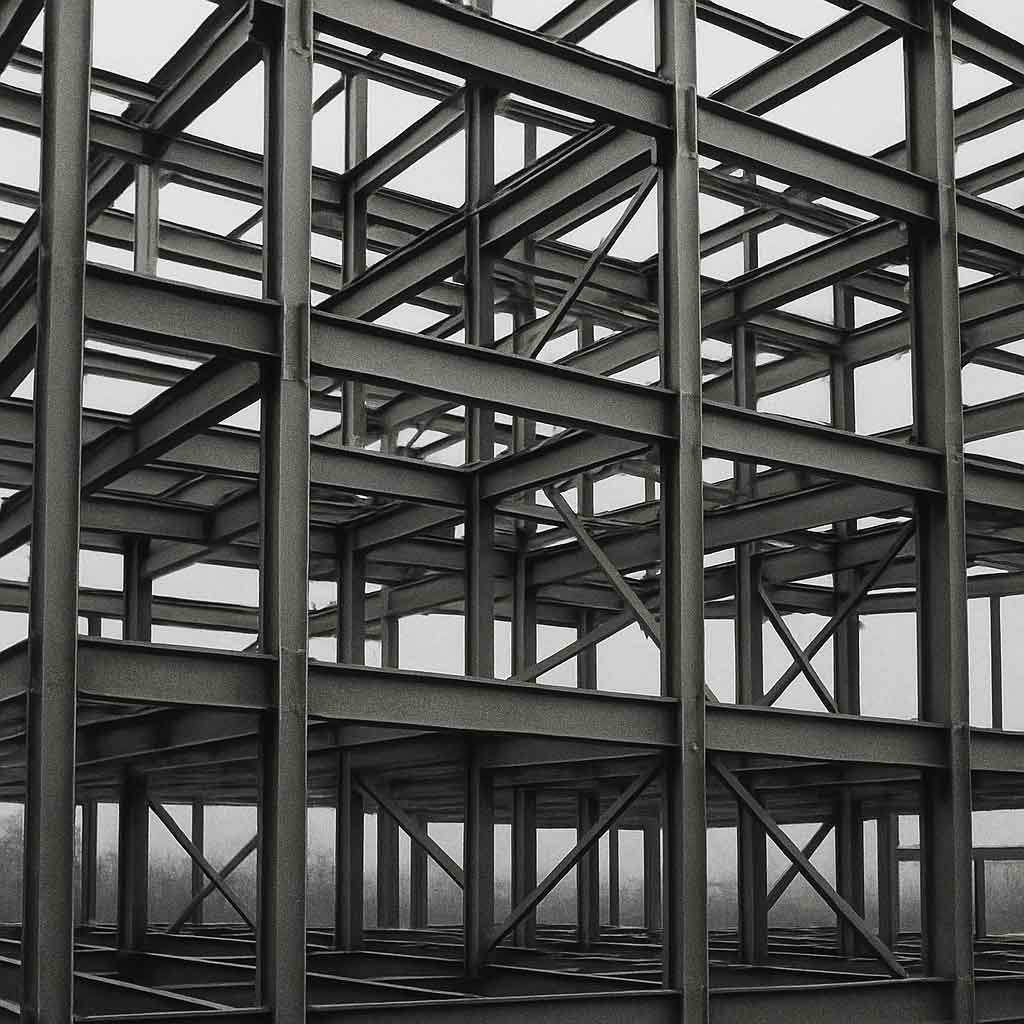
Lightweight steel frames are not just functional; they are also aesthetically pleasing. They are used in a variety of architectural styles, from sleek modern designs to more traditional structures. The flexibility of steel allows architects to experiment with bold and innovative designs that might be challenging with other materials. Steel's sleek appearance complements glass and other modern materials, resulting in visually striking buildings that stand out in urban landscapes.
Moreover, the use of lightweight steel frames enables the creation of expansive, column-free interiors that are highly desirable in commercial and residential spaces. This architectural freedom facilitates the incorporation of natural light and open-plan layouts, enhancing the overall ambiance and functionality of the space. As sustainability becomes a central consideration in architecture, steel frames offer a practical solution that supports both aesthetic and environmental goals.
Steel Frame Advantages in Cycling
The cycling world has also embraced lightweight steel frames, particularly for high-performance bikes. Cyclists are constantly seeking ways to improve speed and efficiency, and steel frames offer a compelling solution. The unique properties of steel, such as its natural damping qualities, make it a preferred choice for cyclists who prioritize comfort and performance. As cycling technology evolves, steel frames continue to be refined, offering riders enhanced experiences on the road.
Why Choose a Lightweight Steel Bike Frame?
- Durability: Steel frames are known for their durability and can withstand significant wear and tear, making them a long-lasting choice for cyclists. This durability translates to lower maintenance costs and increased reliability, especially for touring cyclists who cover long distances.
- Comfort: Steel frames absorb vibrations from the road, providing a smoother and more comfortable ride compared to other materials. This comfort is crucial for reducing rider fatigue on long rides, allowing cyclists to maintain their performance over extended periods.
- Repairability: Unlike some other materials, steel frames can be easily repaired if damaged, prolonging the life of the bike. This repairability ensures that cyclists can quickly return to their activities without the need for costly replacements, making steel frames a practical choice for both amateur and professional cyclists.
- Cost-Effectiveness: Steel frames offer excellent value for money. They are generally more affordable than carbon fiber frames while providing comparable performance. This affordability makes high-quality cycling accessible to a wider audience, encouraging more people to engage in cycling as a sport and a sustainable mode of transportation.
The Lightest Steel Frame Bikes
When it comes to finding the lightest steel frame bike, there are several top contenders in the market. These bikes combine the classic appeal of steel with modern engineering to deliver exceptional performance. Manufacturers are continuously innovating, using advanced techniques to reduce weight while enhancing strength, ensuring that steel remains a competitive material in the cycling industry.
- Surly Straggler: Known for its versatility, the Surly Straggler is a lightweight steel bike that performs well on both paved roads and rough trails. Its robust construction and adaptability make it suitable for diverse cycling adventures, appealing to riders who crave exploration and versatility.
- Soma Wolverine: This bike offers a great balance between weight and durability, making it a popular choice among touring cyclists. The Soma Wolverine's design emphasizes endurance and reliability, catering to cyclists who undertake long-distance journeys and require a dependable companion.
- Ritchey Road Logic: With its sleek design and lightweight frame, the Ritchey Road Logic is a favorite among road cyclists looking for a high-performance steel bike. Its precision engineering and attention to detail highlight the potential of steel in delivering top-tier cycling performance, satisfying the demands of competitive riders.
The Science Behind Steel Frame Performance

by Andy (https://unsplash.com/@adwow)
The performance of steel frames can be attributed to the unique properties of steel as a material. Its high tensile strength allows it to withstand significant force without breaking, which is crucial for both building structures and bicycle frames. This strength ensures that both constructions and bicycles can endure various stresses while maintaining structural integrity. The inherent resilience of steel makes it an ideal choice for applications that require both robustness and longevity.
The Role of Alloying in Steel Frames
Steel used in frames is often alloyed with other elements to enhance its properties. For instance, adding chromium and molybdenum creates what is known as "chromoly" steel, which is lighter and stronger than regular steel. This alloying process is key to creating lightweight steel frames that do not compromise on strength or durability. By optimizing the composition of steel, manufacturers can tailor its characteristics to meet specific performance requirements, ensuring that the material remains relevant and competitive.
Advancements in metallurgy continue to expand the possibilities for steel frames, allowing for the development of specialized alloys that offer improved resistance to corrosion and fatigue. These innovations enhance the lifespan of steel frames, making them an attractive option for applications where reliability and performance are paramount. As research in material science progresses, we can anticipate further breakthroughs that will enhance the capabilities of steel frames in various industries.
Balancing Weight and Strength
The challenge in designing lightweight steel frames is finding the right balance between weight and strength. Engineers and designers use advanced techniques, such as computer-aided design (CAD) and finite element analysis (FEA), to optimize the frame's structure. This ensures that every inch of the frame contributes to its overall performance without adding unnecessary weight. These technological tools enable precise calculations and simulations, allowing engineers to predict how frames will perform under different conditions.
The ongoing refinement of these techniques means that steel frames are constantly evolving to meet the ever-changing demands of the construction and cycling industries. By leveraging cutting-edge technology, manufacturers can push the boundaries of what is possible with steel, delivering products that offer unrivaled performance and reliability. This commitment to innovation ensures that steel frames will continue to play a vital role in the future of engineering and design.
Conclusion: The Future of Lightweight Steel Frames
Lightweight steel frames are here to stay, offering a perfect blend of performance, durability, and aesthetic appeal. Whether you're constructing a modern building or choosing a high-performance bike, steel frames provide a reliable and sustainable option. As technology advances, we can expect to see even more innovative uses of lightweight steel in various industries, shaping the future of construction and cycling. The versatility and adaptability of steel ensure that it remains a material of choice for those seeking to balance functionality with environmental responsibility.
Incorporating lightweight steel frames into your next project or bike purchase not only supports sustainability but also ensures that you benefit from one of the most reliable materials available today. Embrace the power of steel, and experience the difference it can make. With continued research and development, lightweight steel frames will undoubtedly continue to set new benchmarks in performance and sustainability, driving progress and innovation across industries.



